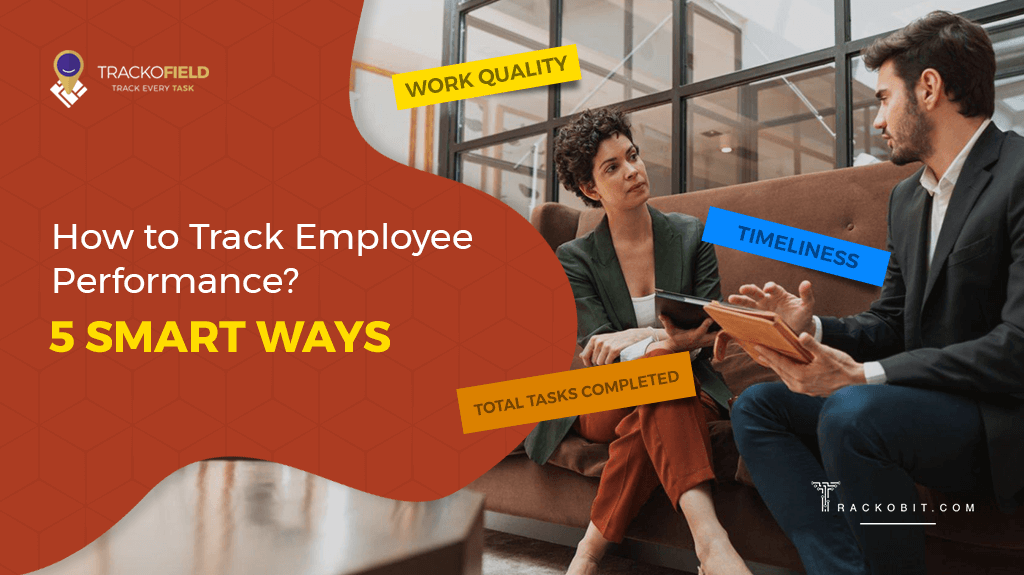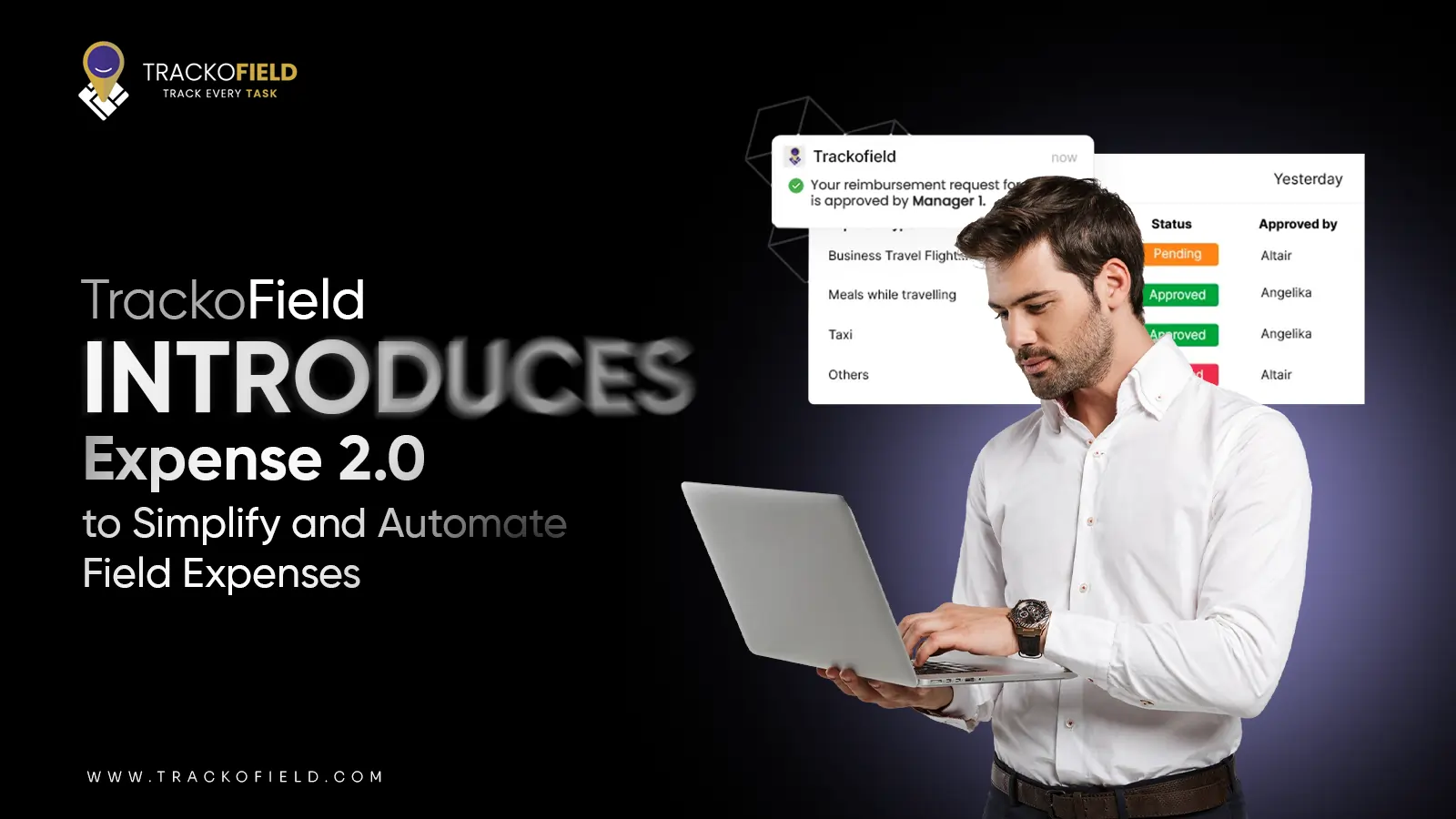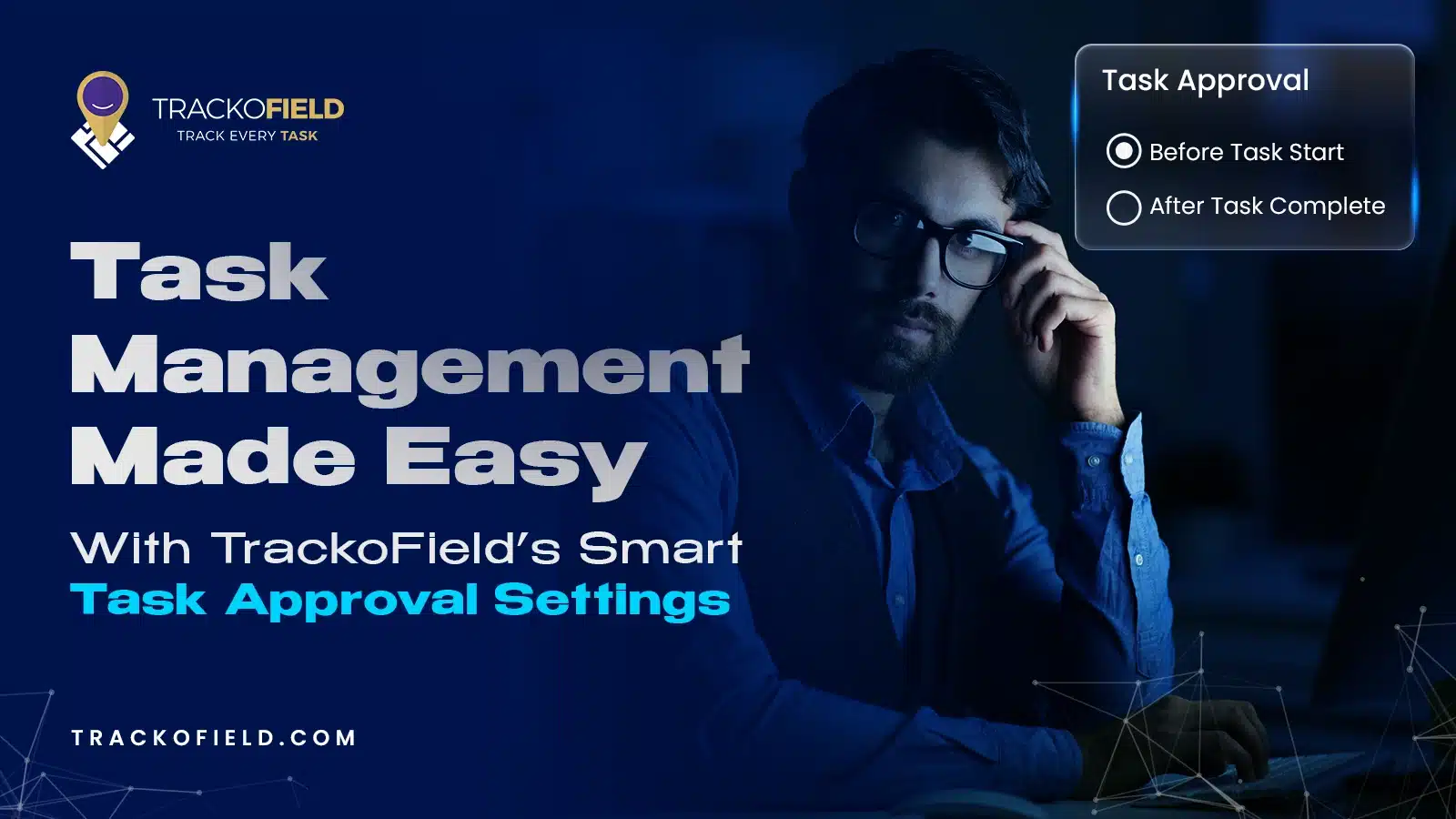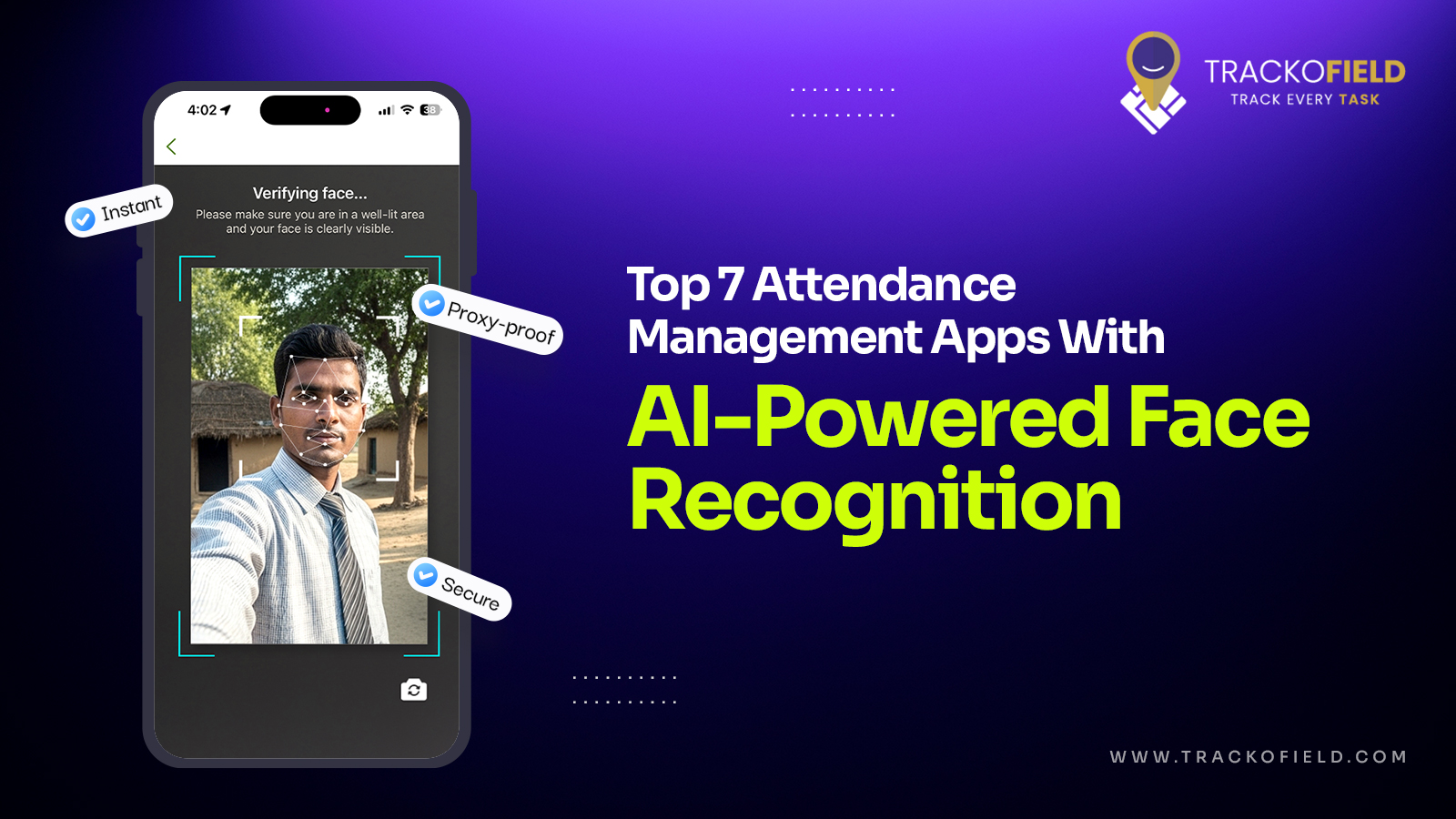-
TrackoBit
Manage commercial vehicles with the new-age Fleet Management Software
TrackoBit -
TrackoField
Streamline your scattered workforce with Field Force Management Software
TrackoField -
Features Resources
-
Blog
Carefully curated articles to update you on industrial trends. -
White Paper
Insightful papers and analysis on essential subject matters. -
Glossary
Explore an alphabetical list of relevant industry terms. -
What’s New
Get TrackoBit & TrackoField monthly updates here. -
Case Study
Explore the cases we solved with our diverse solutions. -
Comparisons
Compare platforms, features, and pricing to find your best fit.
-
About Us
Get to know TrackoBit: our team, ethos, values, and vision. -
Careers
Join the most dynamic cult of coders, creatives and changemakers. -
Tech Support
Learn about our technical support team and services in detail. -
Events
Check out the exhibitions where we left our marks and conquered. -
Contact Us
Connect with us and let us know how we can be of service.
How to Track Employee Performance? 5 Ways Revealed
- Author:Nandita Gupta
- Read Time:7 min
- Published:
- Last Update: July 2, 2025
Table of Contents
Toggle
Discover in this piece the 5 best ways to track employee performance to identify underperformers, overperformers, and outliers.
Table of Contents
Toggle
Last week, Stephen failed to attend to customer tickets. Mary is flustered because she missed meeting client deadlines.
Are you seeing such patterns of inefficiency in your in-house or remote staff too?
Does it mean you hired incompetent staff? Well, that’s not the case. Your employees are simply failing to strike a balance between over-promises and under-performances.
It’s just that you are not monitoring employee performance that well. You are not sharing employee performance reviews as well. Maybe your staff is overwhelmed with workload or isn’t feeling that competitive to work harder.
It’s time you start tracking employee performance with 5 effective ways, discussed right after the importance of employee performance tracking.
Why Track Employee Performance?
Imagine having tons of employees, all working like fanatics (or maybe not). Nobody is there to gauge their productivity or performance. There is no employee performance tracking process or tools. Can’t even imagine, right?
Tracking employee performance is imperative for several reasons, mainly because of how it helps:
- Identify daily to monthly productivity levels.
- Explain areas for improvement.
- Acknowledge underperformers and top performers.
Furthermore, monitoring employee performance aids in:
✔️Clear goal setting.
✔ ️Aligning Indiviauls’s objectives with the company’s vision.
✔️ Creating a culture of accountability.
✔ ️ Facilitating fair compensation, career advancement, and training opportunities.
Let’s understand how, in just 5 ways, you can start monitoring staff performance – without investing much time and energy!
5 Clear Ways to Track Employee Performance
Here are some proven ways for monitoring staff performance.
1. Identify Measurable “S.M.A.R.T” Goals
To begin with employee performance monitoring, you need to set goals that are achievable and measurable. You cannot just start tracking employees’ productivity and efforts if you are clueless about what exactly they need to act on.
Setting unplanned and unrealistic goals, metrics, or KPIs will lead you nowhere. Ensure you go for S.M.A.R.T goal-setting, which is further unfolded as:
|
Goals |
Meaning |
Instance |
| S – Specific | Set specific goals and convey the same to the employees. | Instead of saying we need to increase sales, say we need to increase sales by 10% in the next quarter. |
| M – Measurable | Ensure goals you wish to set and track are quantifiable and not just hard statements. | For instance, say we need to close 15 tickets out of 30 this week. |
| A – Achievable | There is no harm in dreaming about big goals, but ensure they are realistic and achievable. | Imagine saying to your field staff, you have to complete 80 client visits in a single day. That’s a very unrealistic thing to expect. |
| R – Relevant | Make sure you set goals or metrics that align well with your organisation’s vision and mission. They should have a direct impact on your company’s bottom line. | — |
| T – Time-bound | Set a clear timeline for achieving your goals. This adds urgency and accountability to your objectives. | — |
Once you are set with goal-setting, further try to split the employee performance metrics into the following 4 categories.
- Work quality metrics → These deal mainly with the accuracy, efficacy, and quality of work that matches the standards, benchmarks, and client/customer satisfaction.
- Work quantity metrics —> These deal with quantifiable tasks.
- Work efficiency metrics —-> These deal with how effectively and efficiently tasks were performed.
- Organizational performance metrics —> These deal with how tasks impact the organisational output.
The above metrics will help you in monitoring employee performance.
2. Onboard Employee Performance Management Software
There is no way you can manage to perform monitoring all through just on Excel or paper sheets. Are you still sticking to this old school way of tracking and monitoring your employees?
![]()
This is a very cumbersome way to manage your employees’ tasks, especially if you have 100s or 1000s of in-office or field employees to manage.
There, you need a holistic workforce/employee performance management software like TrackoField that simplifies task management and takes performance management to a broader level.
The software helps you access concise reports around remote or field employees’ geo-coordinates, task progress, no. of orders completed, and other variables. It lets you view the concise report around different aspects of work, defining the efficiency, and productivity of your remote staff with the following information:
Automated Performance Reports Possible with TrackoField
|
Types of Reports |
Data Inside Reports |
| Employee Tracking Reports |
|
| Order Management Reports |
|
| Leave and Attendance |
|
| Task Reports |
|
| Expense Reports |
|
The above data helps you plan effective employee performance review and timely identify inefficiencies.
3. Gather Key Employee Data
Once you are aware of your goals and have a performance tracking tool like TrackoField in hand, what’s next? Now, it’s time to start collecting employee data that can be further scrutinised for evaluation. This way you can efficiently start tracking employee performance.
The employee data can differ across business verticals and industries. And clearly won’t be the same for your in-house teams and field employees. In the process to monitor employee performance, collect the following employee data.
|
Data for In-house Teams |
Data for On-field Employees |
|
|
4. Start Analyzing the Collected Data
The next step is to start analyzing and interpreting trends from the above data. There are several methods that you can use to analyse the data. Mainly as:
|
A summarized or detailed version defining an employee’s performance. |
|
|
|
To spot patterns of employee performance; revealing whether it’s growing, decking, or constant. |
|
Assessing the correlation between employee satisfaction levels and performance metrics. |
|
Identifying how financial spending on employee training, development, and other performance improvement aspects are adding to ROI (return on investment). |
5. Communicate “Thoughts & Notes” with the Team
Do you know employees are 3x more engaged when they receive daily feedback from their managers – compared to annual feedback? Almost 43% of highly engaged employees receive feedback at least once a week.
Make sure to share constructive feedback consistently with your staff. Positive feedback for good performance and constructive criticism for lagging performance — can speak volumes. This will positively help you track employee performance.
You can do this through:
—> Organizing 1-on-1 meetings with either individuals, teams, or departments.
—-> Send performance reports (highlighting areas of improvement and sharing resources to do so).
🔍 Remember when going for 1:1 meetings, ask your employees…
- How they feel about the entire performance improvement process.
- Is there anything that they see that can be improved?
- Any performance metrics that are overlooked?
Talking honestly and openly with your employees will let you know if there is any scope for improvement.
How to Track & Improve Employee Performance? – (Some Inside Tips)
To improve your employees’ performance, you need strategies that can motivate your staff and build a very conducive work environment for them. Here are some strategies on your way!
1. Set Clear Expectations
Ensure employees are pretty sure about their roles, responsibilities, and goals. From day one, they must be aware of what’s important and what’s expected of them.
2. Invest in Training and Development
A dynamic work environment demands opportunities for constant learning and skill development. Make sure to offer opportunities for learning and skill development. Hold training programs and workshops to let them expand their on-the-job skills and cognitive abilities to handle any challenging task with ease.
3. Recognition and Rewards
Remember to acknowledge good work. Recognize your staff’s hard work through either verbal praise, incentives, or awards. Motivate even the staff that failed to perform highly.
4. Goal Alignment
Make sure you timely share organisational objectives with your staff. Show them the bigger picture and let them know how their work is contributing to this bigger picture. They will feel more engaged.
5. Supportive Work Environment
Provide a positive and supportive workplace culture. A culture where you:
- Foster teamwork
- Encourage open communication
- Offer a collaborative work-life balance.
6. More Flexibility
Giving employees autonomy to take ownership of their work gives them the power to make decisions which can boost morale and performance.
7. Regular Check-ins or meetings
Make sure you schedule frequent meetings with your employees to discuss their progress, challenges, and land support if needed. Doing this helps convey that you are particular about their progress and growth.
🔍 Must Remember…
Every employee or staff is different. You must prepare strategies or approaches by keeping individual needs and preferences in mind. Plan, implement, and assess what works for you and what doesn’t. And accordingly, refine your strategies that support employees’ welfare. And in the end, choose the best employee performance tracking/management tools.
Here’s Your Final Takeaway!
With the above methods to track employee performance, your organization can significantly identify gaps or areas of improvement in employee productivity levels. The above methods including goal setting, measuring metrics, and using employee tracking tools can help maintain a clear vision for in-office or field employees.
If you are considering integrating an employee tracking and monitoring tool, Trackofield could be the best choice for you. Not sure?
Did you hear, we are giving a 7-day free trial?
FAQs on How to Track Employee Performance
-
What are the best employee performance tracking ways?
Whether your employees are remote or on-site, here is how you can track employee performance: - By identifying “S.M.A.R.T” Goals - Onboarding workforce management software like TrackoField - Gathering employee's key data - Analyzing the employee data - Sharing feedback with the team
-
What metrics to consider for Employee Performance Tracking?
Divide on-the-job or remote employee performance tracking metrics into the following categories: - Work quality metrics - Work quantity metrics - Work efficiency metrics - Organizational performance metrics
Nandita is the Team Lead for Content Marketing at TrackoBit, bringing over a decade of experience in B2B, B2C, and IoT sectors. She has a proven track record of helping Read More
Related Blogs
-

Tired of Fake Field Visits in your MFIs? Face AI Attendance Can Help
Mudit Chhikara November 5, 2025How Face AI Attendance can help end fake field visits in MFIs for good.
-

Introducing Expense 2.0: Unified and Smarter Employee Expense Management
Mudit Chhikara October 31, 2025Simplify expense reporting for faster, easier reimbursements with TrackoField’s Expense 2.0 module.
-

TrackoField’s Powerful New Feature – Smart Task Approval Settings
Mudit Chhikara October 1, 2025Stop fake tasks & ghost visits with TrackoField’s new Task Approval Workflow.
-

7 Best Face Attendance Apps for Remote & Field Teams (2025)
Mudit Chhikara September 22, 2025Here are top face recognition attendance apps of 2025 to stop proxy attendance and boost field team productivity.

Subscribe for weekly strategies to boost field team productivity.
Your inbox awaits a welcome email. Stay tuned for the latest blog updates & expert insights.
"While you're here, dive into some more reads or grab quick bites from our social platforms!"Stay Updated on tech, telematics and mobility. Don't miss out on the latest in the industry.
We use cookies to enhance and personalize your browsing experience. By continuing to use our website, you agree to our Privacy Policy.


































